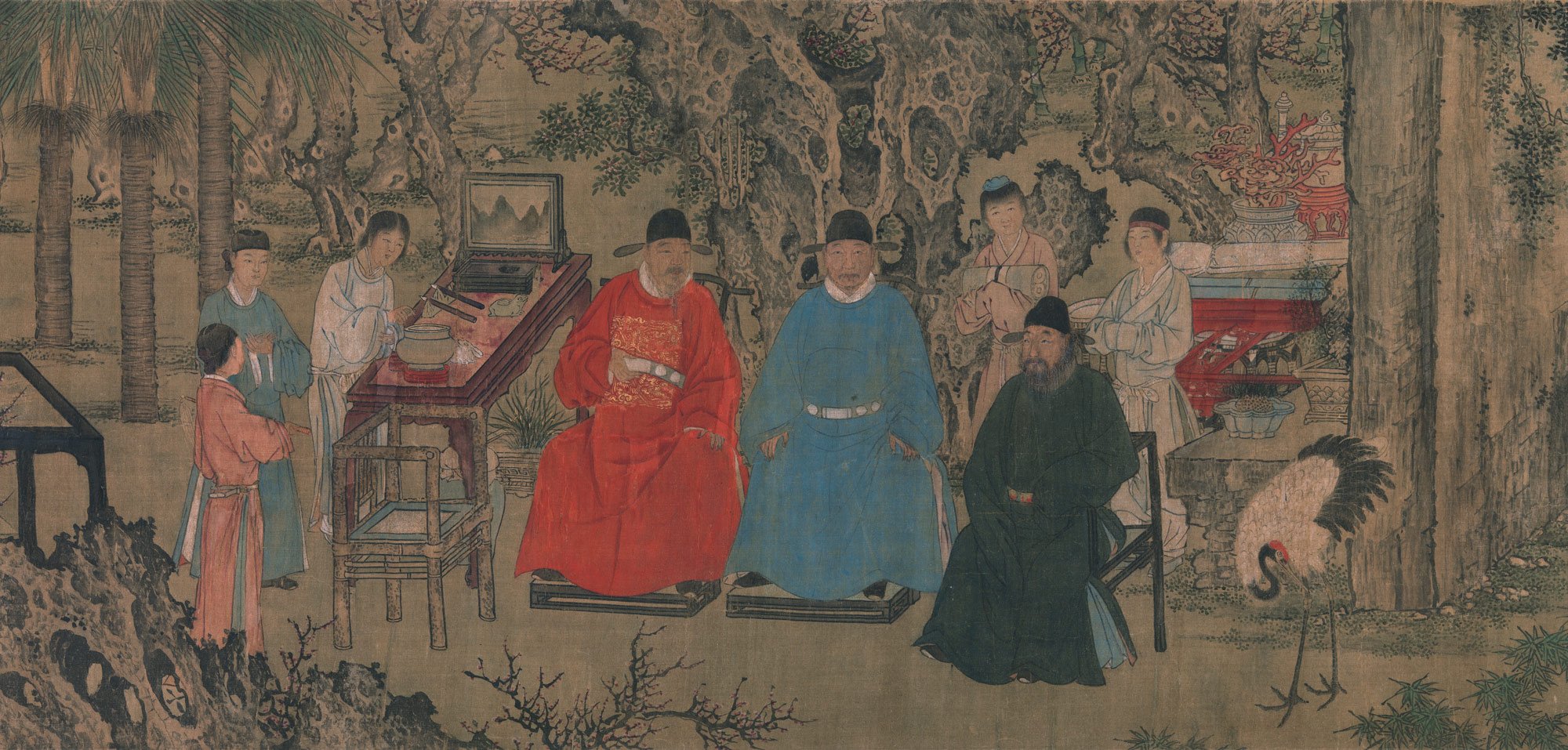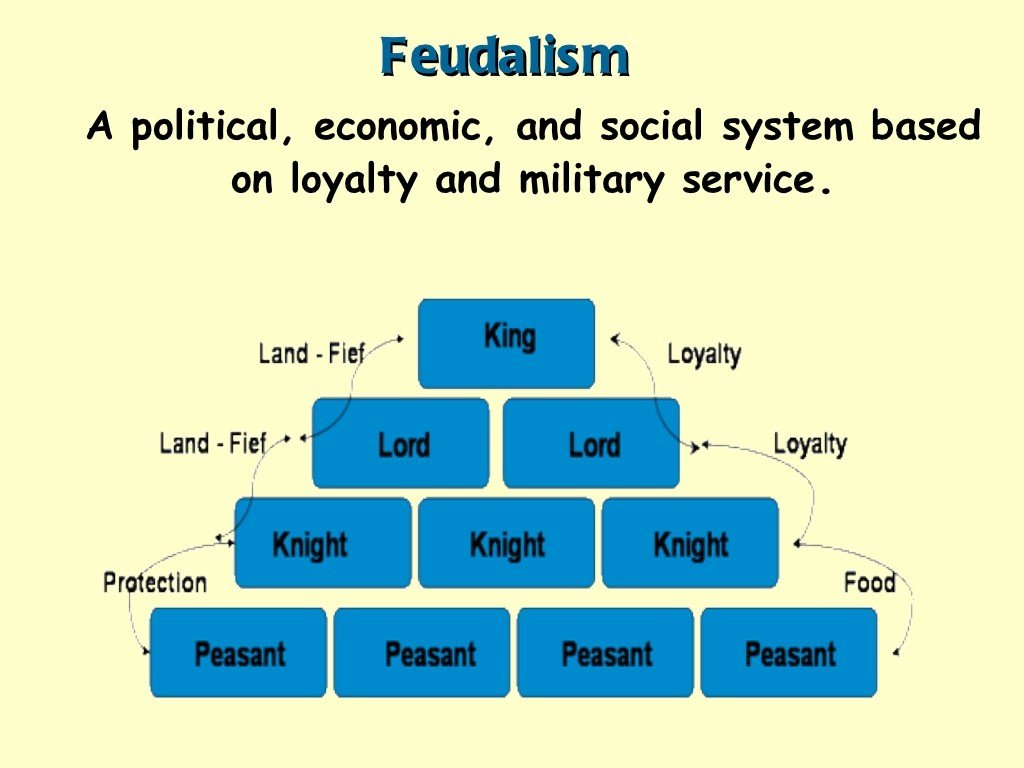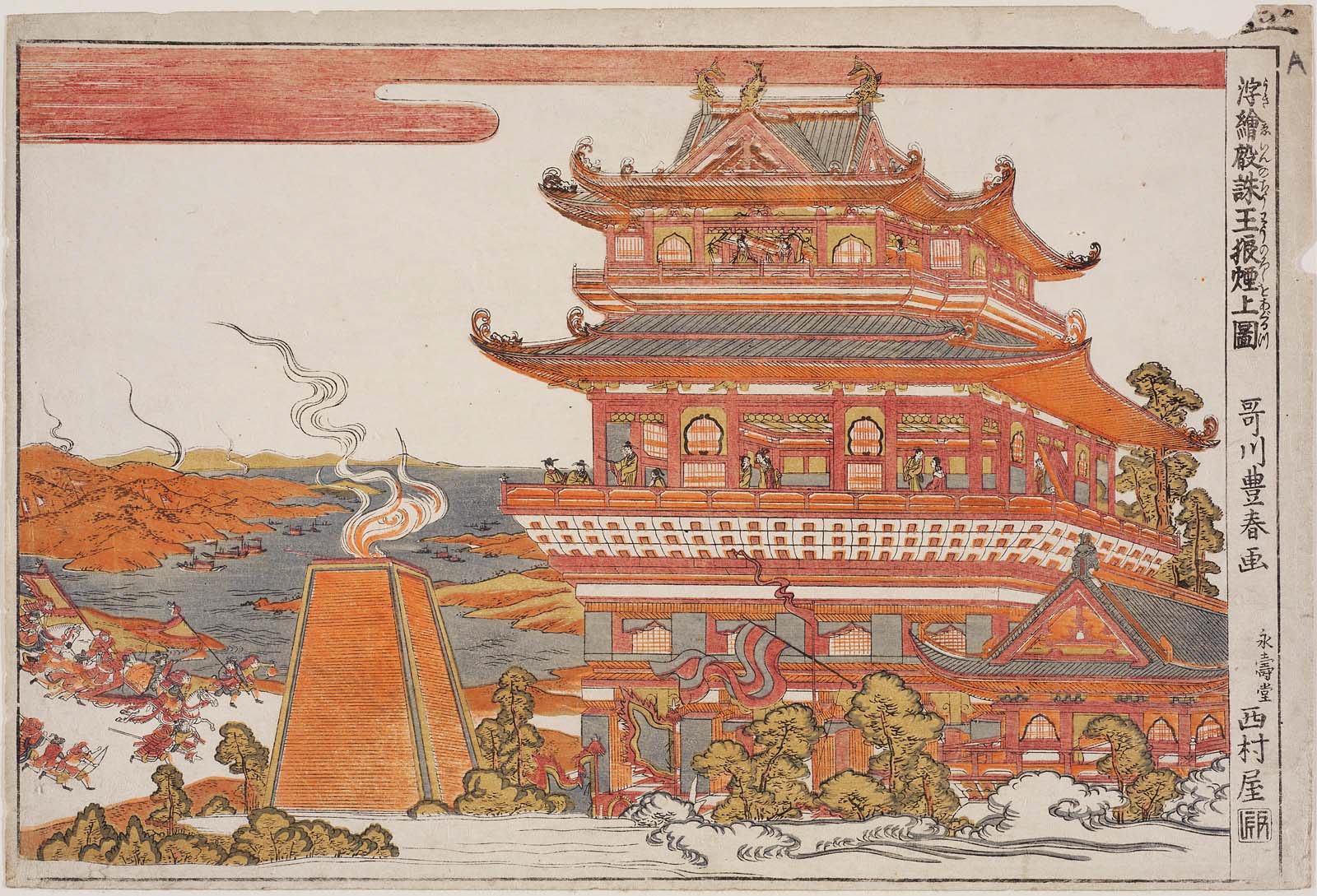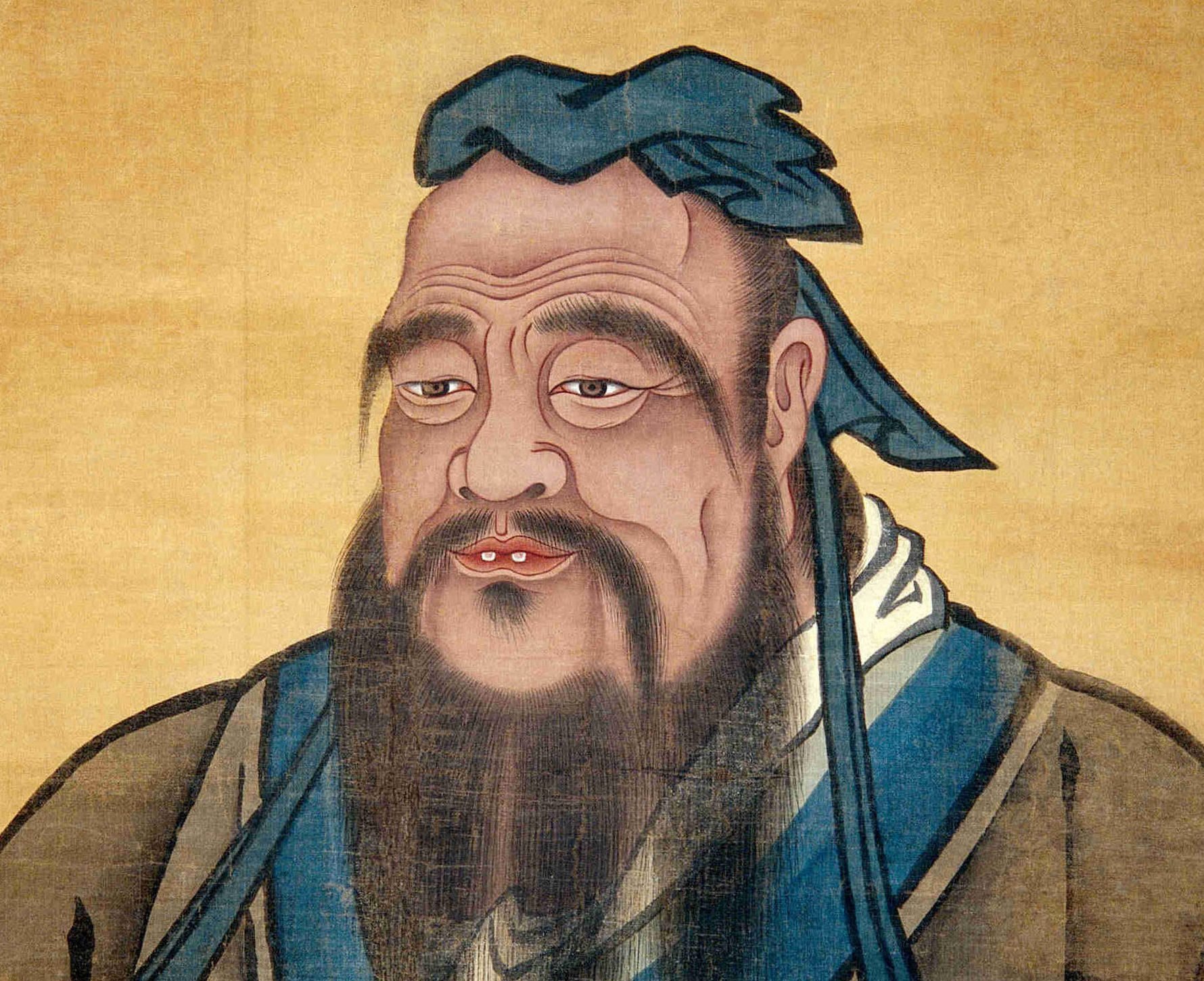In the course of its history, the ancient Chinese state of life embraces two kinds of a government system, the Feodal government system, and the Unitarist government system. Here's a little review.
1. Feodal government system
In the Feudal system, the emperor did not deal directly with state affairs. The position of the emperor is considered sacred and the emperor is revered as a messenger or even a child of the celestial deity, so it is not feasible to deal with practical politics.
2. Unitarist governance system
In this system, the emperor reigned in the absolute rule. The power of the state was centered in the hands of the emperor, so the emperor could intervene in all practical political matters.
The history of the Chinese state government is marked by alternating dynastic rule and each dynasty has its own characteristics. The dynasties that once ruled in ancient China were 10, among others, as follows:
1. Hsia Dynasty
The Hsia Dynasty is the oldest dynasty in China. Including the era of Chinese protoscience, for not leaving the inscription.
2. Shang Dynasty
Shang Dynasty is a dynasty in China that started the ancient Chinese government in the form of a kingdom. The founder of the Shang Dynasty was Emperor Chengtang. In running his rule the emperor is assisted by the forecasters who participate in determining all government policies.
The Shang Dynasty government is based in the region that now includes Henan province, in the Huang Ho River Basin (Yellow River). This dynasty developed the most cultured culture as Lug Shan culture. Relics of this culture in the form of bronze vessels, horse chariots, and writing systems. The period of the Shang Dynasty ended after the conquest of the Chou Dynasty.
3. Chou Dynasty
Founded by a triad, namely: King Wu, King Wen, and Prince Chou. The Chou Dynasty was feudalism. The direct government was under the authority of the emperor, while the local government was held by the emperor's aides who controlled the regions in the name of the emperor called the king of vazal.
During the Chou dynasty came the famous Chinese philosophers, including Lao Tse, Kung Fu Tse, and Meng Tse. The period of the Chou Dynasty ended after the Chin Dynasty took power.
4. Chin Dynasty
The Chin Dynasty was founded by a prince called Shih Huang-ti. He was the first emperor who managed to unite the whole of ancient China. The name "China" is taken from the name of the Chin dynasty.
In order to unite China, Shih Huang-ti replaced the system of feudalism into Unitarian. The small kingdom was abolished and made into a province. All vases were withdrawn to the capital of Xian and replaced by administrators who were directly responsible to the emperor. For all royal territories, the same law applies.
Emperor Shih Huang-ti ruled China with the power of an iron fist. He gets rid of people who disagree with him. In addition, the emperor also forbade the books in order to eliminate criticism and affirm his power. The nature of his iron hand also appears in the construction of the Great Wall of China to stem the attacks of the Barbarians (Hsiung Nu). The Great Wall of China is 6,000 kilometers long and 16 meters high.
Despite being iron-iron, Emperor Shih Huang-ti was a great Meritor to ancient Chinese civilization. Services include:
a. Renew and enforce a single law for the whole of China.
b. Standardize the size and writing system.
c. Equalizes one type of currency (coin), so it applies throughout China.
The next successor of the Chin Dynasty is not as tough as Shih Huang-ti. The weakness of the central government fueled rebellion and political turmoil. The period of the Chin dynasty ended after the Han Dynasty took power.
5. Han Dynasty
The Han Dynasty was founded by Liu-Pang, after the throne of Han Kao Tsu. The center of the Han Dynasty was Chan-an. Achieved the heyday of Emperor Han Wu Ti's reign. The Kingdom of China covers Central Asia, Korea, South Manchuria, Anam, Sinkiang. At the time of the Han Dynasty built silk road, the road that connects China with Central Asia, Kashmir, and even to West Asia met the Roman path.
After the Emperor Han Wu Ti died in AD 87, the Han Dynasty suffered a decline and finally collapsed in AD 221. More than three centuries of China divided into small kingdoms. In the 7th century AD, the land of China was successfully reunited by the T'ang Dynasty.
6. The T'ang Dynasty
The T'ang Dynasty was one of China's most important dynasties. The T'ang Dynasty was founded by Li Shin Minh, who is famous as Emperor T'ang Tai Tsung. The capital of the T'ang Dynasty was named Sian Fu.
At this time. arts and culture thrive. In the field of art poetry and painting, there are famous artists such as Li Tao Po, Tu Fu, and Wang Wei.
The three actions of Emperor T'ang Tai Shung who drew the attention of his people are as follows:
a. The issuance of a law governing the distribution of land.
b. Make tax rules.
c. Divides the Chinese kingdom into 10 provinces.
In the 10th century AD, the T'ang Dynasty collapsed, and China again suffered chaos. This chaos was only resolved in 960, for the Sung Dynasty stood.
7. Sung Dynasty
Sung Utara's central government was in Chang-an, while Sung Selatan was the seat of his central government in Nanking. The greatest emperor of the Sung Dynasty was Sung Fen Tsung.
8. Mongol or Yuan Dynasty
The Yuan Dynasty was founded by Kublai Khan from Mongolia. Therefore this dynasty is considered a foreign government. The capital of this dynasty government is in Peking.
9. The Ming Dynasty
In the Ming Dynasty China was ruled by the nation itself with the capital city of Nanking. The Ming Dynasty was a national government that emerged as a reaction or a Mongolian foreign government. The founder of the Ming Dynasty is Chung Yuan Cheng who holds Ming Tai Tsu. The famous Emperor during the Ming Dynasty was Ming Cheng Tsu, better known as Yung Lo. In Yung Lo's time, the royal capital was moved from Nanking to Peking. Yung Lo also sent expeditions across the ocean under the leadership of Admiral Cheng Ho.
10. Manchu Dynasty
Manchu dynasty is the last dynasty in China and is a foreign dynasty because it comes from Manchuria who managed to undermine the Ming Dynasty. Manchu dynasty reached the heyday during the reign of Emperor K'ang Hsi and Emperor Ch'in Lung.
In 1911 there was a Chinese Revolution under the leadership of Sun Yat Sen and managed to overthrow the Manchu power. Then stood the Republic of China with its president Sun Yat Sen.





